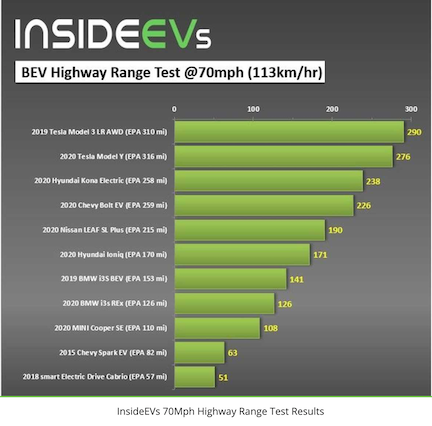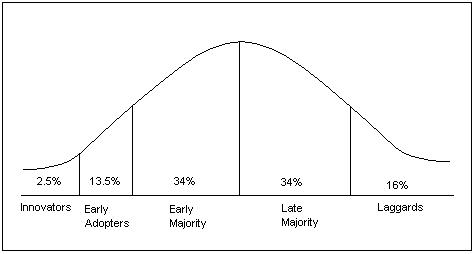This graph gets updated as the two authors test more cars but it is pretty representative of circa summer 2020 EVs available. I like their choice of 70 mph. Keep in mind that they choose moderate weather days to drive. They often use some cabin cooling but nothing extreme and so far as I know, no cold winter driving.
They add a nice touch to the graph by adding the EPA range to the left of each car.
https://cdn.motor1.com/images/mgl/WO87r/s1/nissan-leaf-range-test.jpg

They add a nice touch to the graph by adding the EPA range to the left of each car.
https://cdn.motor1.com/images/mgl/WO87r/s1/nissan-leaf-range-test.jpg

